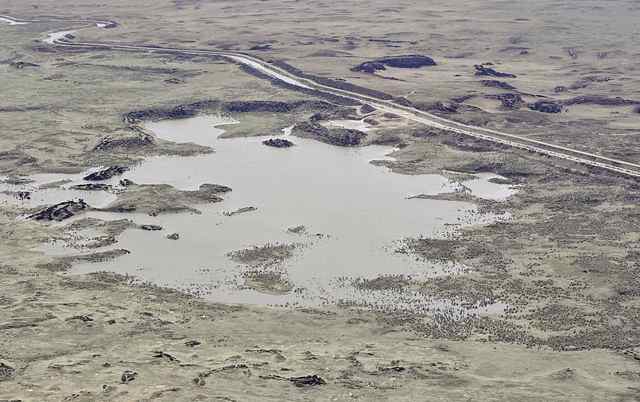forum
library
tutorial
contact

Renew Efforts for Idaho's Water Future
by Marie Callaway KellnerTeton Valley News, August 21, 2014
|
the film forum library tutorial contact |

|
Renew Efforts for Idaho's Water Futureby Marie Callaway KellnerTeton Valley News, August 21, 2014 |
 Water touches every Idahoan, every day.
Water touches every Idahoan, every day.
So Idahoans should be aware that the Gem State is passing a water management landmark. At the same time, we should be aware that more needs to be done to keep our water clean and plentiful, and our streams healthy and flowing.
This month, Idaho celebrates the completion of the Snake River Basin Adjudication. That means Idaho has catalogued and put in order more than 150,000 water rights.
Sorting who gets to use what water is a huge task. Idaho deserves a slap on the back for being the first Western state to fully adjudicate a watershed of this size.
Idaho businesses and taxpayers invested tens of millions in this process. An entire court infrastructure had to be created, including laws, rules and policies.
Massive legal battles have been resolved. Now we move forward knowing which waters uses will be allowed, denied or curtailed.
But, amidst the celebration, let us also recognize what the SRBA did not do.
On its own, the adjudication process does not make water uses more efficient. It does not provide incentives to conserve water, or keep rivers flowing to support fish and recreation.
The Prior Appropriation Doctrine Idaho's guides Idaho's water use. This means that older water uses have seniority over newer uses, so long as they put water to one of several stated beneficial uses.
There is no requirement that those senior water right holders use their water efficiently, only that it's put to "beneficial" use. That's a big difference.
In times of shortage -- like the current drought, for instance -- a farm with an 1880 water right can use its full right while a neighboring farm with an 1881 water right goes dry. It doesn't matter if the 1880 farm could earn just as much money on a different crop that required less water, or that it could employ different technology to reduce water use. What matters is who got in line first.
Because water uses did not become more efficient, the adjudication process did precious little to secure the water supply for the vast majority of Idahoans.
Another big loser is fish -- trout, salmon and all the others -- that depend upon healthy, flowing rivers. And if you love to catch fish, or just love and appreciate floating and boating Idaho's rivers, this includes you too.
Idaho's native fish were in our waters thousands of years before anyone contemplated water rights. But by and large, these native fish (and human river lovers) get the short shrift.
The exception that proves the rule is the Nez Perce Agreement. This agreement allocates water on behalf of Native American treaty rights to keep fish from going extinct. The only fish that came out of the adjudication with secure water are the ones that are endangered. Extinction is a very low bar, indeed.
This in spite of the fact that fishing for salmon, steelhead and trout is a key part of Idaho's treasured way of life, and that guiding and outfitting for rafting and fishing is a major engine in our economy.
Adjudication is important. It lays a necessary foundation. But we have much to do if we are to make sure our limited water resources are distributed fairly, if we are to reduce waste, and if we are to keep our rivers healthy.
It will be hard and people will say it can't be done. Perhaps its as audacious a goal as something like a statewide water adjudication.
Now is time to start.
learn more on topics covered in the film
see the video
read the script
learn the songs
discussion forum
